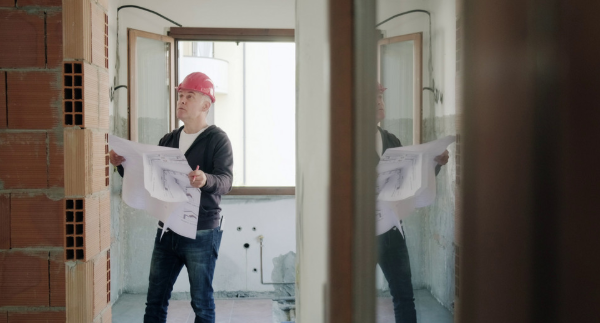Building your own home has always been an attractive option. After all, it is generally much cheaper than purchasing a ready-built one. That’s particularly relevant when the average Australian is struggling to get onto the property ladder.
But, that’s not the only reason to build your own home. You’ll get to design the layout, creating a space that really works for you and, potentially more important, you’ll get to create an energy-efficient home.
That could save you money for years to come.
If you’re hoping to build an energy-efficient home then you need to know the following.
Building Material
You can choose to use environmentally friendly building materials, stone is natural and is much better at keeping heat in, (or out), than a traditional wood-frame house.
However, you’ll also have to factor the cost into this part of the equation.
Insulation
This is the critical part and it’s advisable to get expert help. You don’t just want a bit of insulation in the walls, you need to understand the best insulation materials and where they need to be applied to minimize heat loss.
This means thinking about your windows and doors as much as the walls and roof.
Envelope It
The idea behind getting the insulation right is to create an envelope, sealing your house up and maintaining heat to reduce energy usage.
However, to really ensure this works you need an outer envelope on your building. The best, and simplest, method of achieving this is to clad your home.
Using a premium quality product, such as palliside cladding, will ensure your home is protected for years and is as energy-efficient as possible.
Consider Power Sources
You also need to spend some time considering how you will power your home. The most obvious choice is solar panels with a grid hook-up. This will allow you to sell excess energy to the grid and pull power if you need it.
The power source can also be used to heat your hot water and even heat your home.
Don’t forget that ground source heat pumps are particularly effective and cost nearly nothing to run.
Ventilation
When considering powering your home you need to be aware that it’s essential to have a ventilation system.
The more airtight your home is the more likely it is that you’ll have moisture build-up and mold issues. As mold is bad for your health and damp attracts pests that’s something you’ll want to avoid.
But, you will want to power your ventilation system naturally to ensure your energy-efficient home isn’t costing you more power than it should.
It’ also advisable to invest in blinds on South facing windows. In the winter the sun can warm your house and the summer the blinds will help it to stay cool, without costing you any energy consumption.
Lighting
No matter how much glass you factor into your home you will need lighting at some point. But, you need to choose energy-efficient light fittings and bulbs. They can use as much as 60% less power than a standard light fitting!








